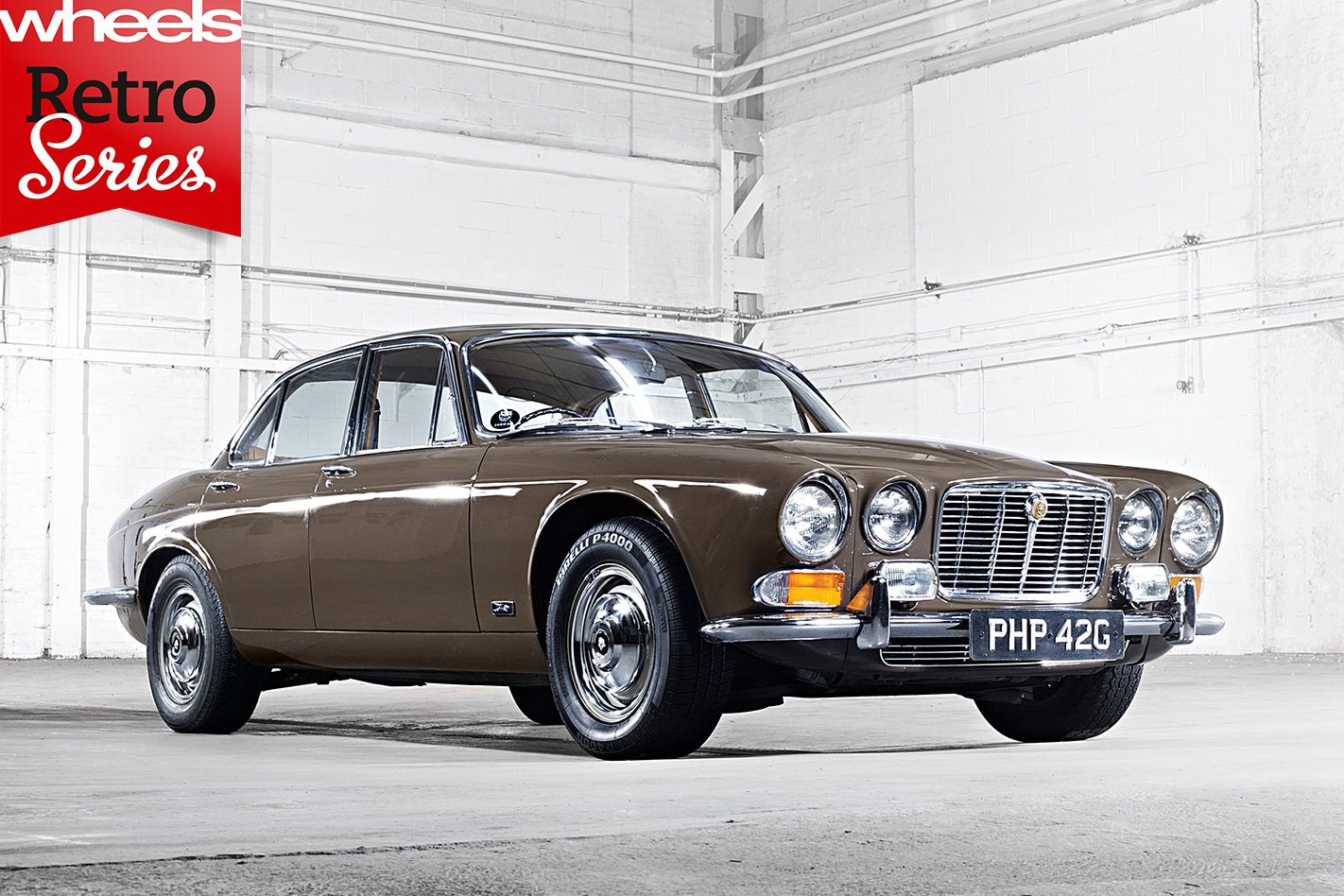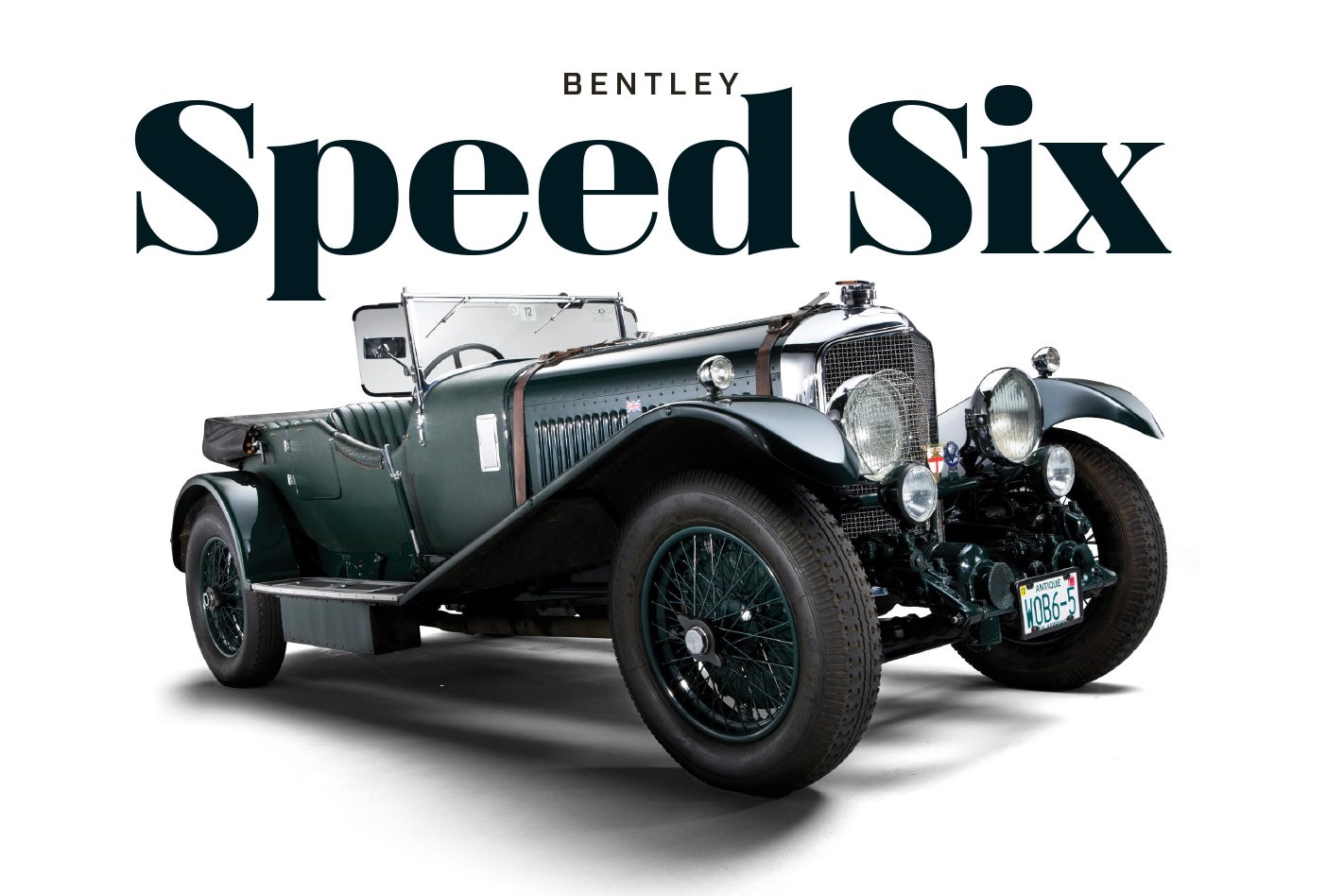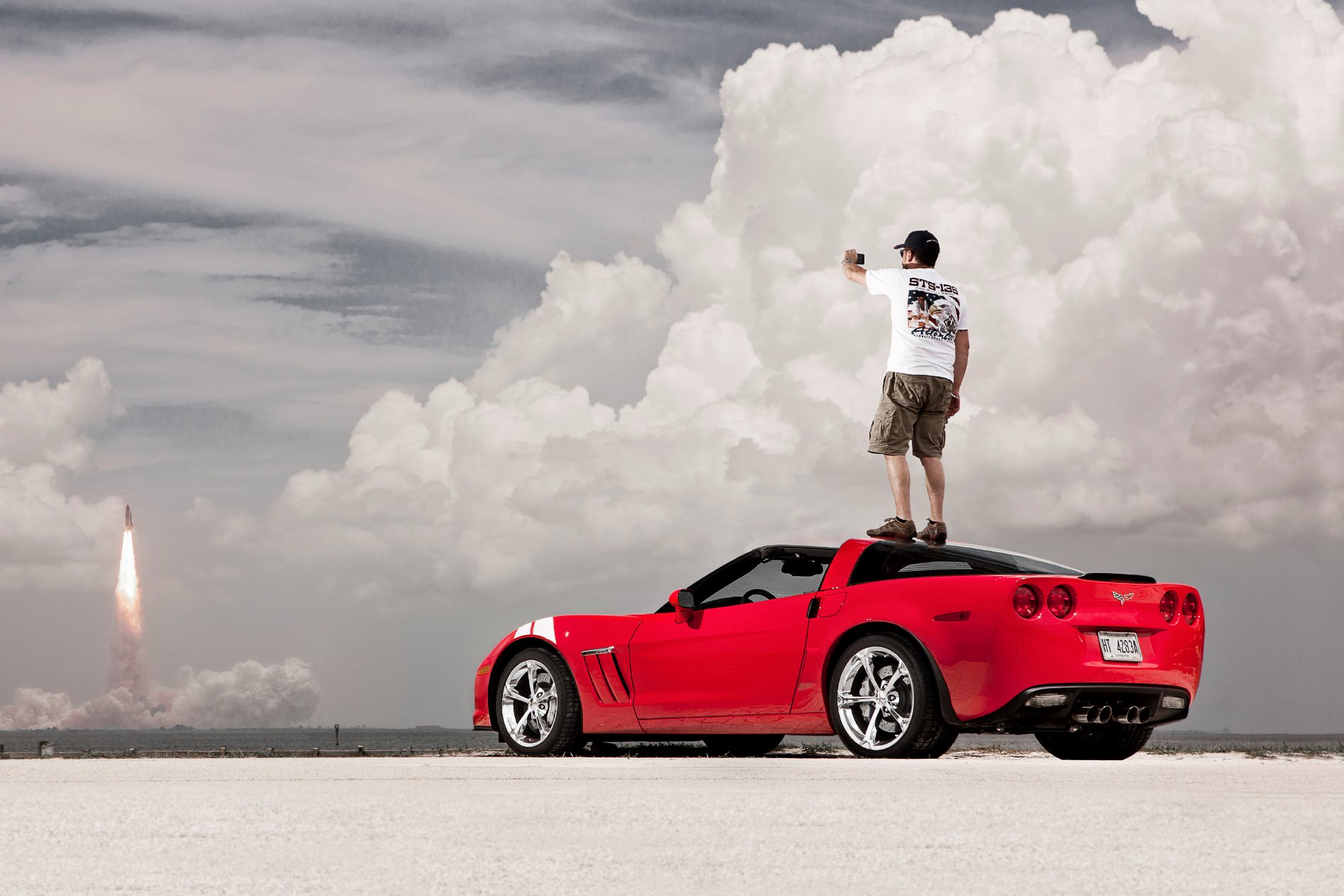A sales downturn didn’t stop Jaguar producing this four-door classic.
First published in the December 2016 issue of Wheels magazine, Australia’s best car mag since 1953.
IN THE latter half of the 1960s, if you wanted a Jaguar sedan (sorry, “saloon”) you had plenty of choice. The pride of Britain offered the compact Mk2 (later dubbed 240/340), the king-size Mark X and, in between, the Jaguar S-Type and the 4.2-litre 420. Even the gorgeous Jaguar E-Type was available as a 2+2 from 1966.
But nobody wanted Jaguar’s saloons. They were selling slowly and ageing rapidly. By 1968, Jaguar was ready to drop a four-door bombshell, on the scale of the E-Type five years earlier.
The XJ6 sedan was developed over four years as Project XJ4 (XJ for “experimental Jaguar”). This period included Jaguar’s merging with British Motor Corporation (July 1966) and Leyland (January 1968).
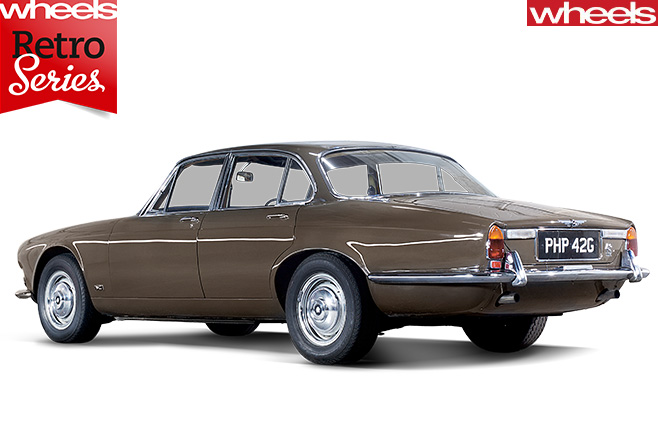
The Jaguar XJ6’s styling was deservedly praised, though many overlook that it’s a four-door interpretation of Bertone/Giugiaro’s Alfa Romeo 105/115 and 106 coupes. An odd identifier from outside was the twin fuel fillers, accessing twin tanks.
Rear cabin space soon came in for criticism, but road tests raved about the XJ6’s handling, ride and noise suppression. The tax-dodging 2.8 was a slug, but the 4.2 auto was swift and the four-speed manual even more so. There was talk of a modular V8/V12 engine; the latter, previewed in the stillborn XJ13 racer, would arrive in 1972.

However, the best car in the world in 1969 coincided with the worst era in British manufacturing. Strikes around the country constantly crippled output and quality; at one point, XJ6s were delivered with temporary wire-mesh grilles.
A Series II facelift and uprated auto transmission came in ’73, followed by a handsome coupe (1975) and a 3.4-litre engine. But the Series II bore the worst of British labour. Series III, refreshed by Pininfarina, enjoyed a long run from 1979-92, when the all-new and cheaper to build XJ40 replaced it.
In total, about 318,000 XJ6, XJ12 and Daimler variants were built over three series and 24 years.
The styling elements laid down in 1968 would remain very much (too much?) in evidence until Jaguar design chief Ian Callum’s dramatically different X351 generation of 2009.
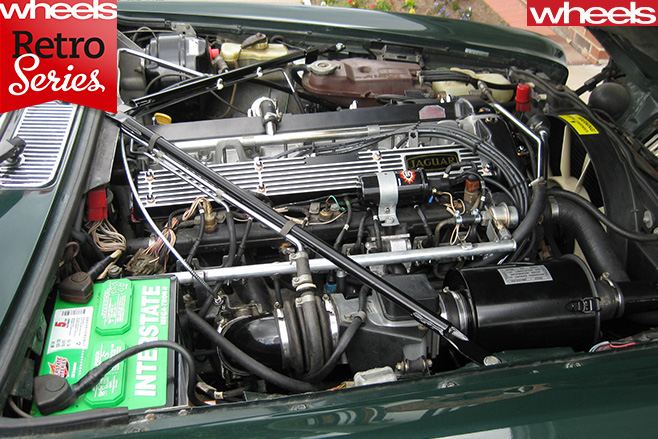
Monocoque chassis had an initially compact 2764mm wheelbase (a 100mm-longer wheelbase came in ’72, made standard in ’74) and broad, squat track widths of the big MkX. Rubber-mounted subframes for the double-wishbone front and E-Type-derived trailing-arm rear suspensions helped top-notch ride and quietness. Brakes were naturally discs all-round. Kerb weights ranged from around 1600-1740kg.
Rockers star
Interior reflected a disappearing era of traditional British coachbuilding, with lots of leather, chrome and genuine burr-walnut veneer trim. Conservatively styled dash had comprehensive instrumentation (or large, central vents on cheapie 2.8) and a distinctive row of 10 rocker switches.
Six appeal
Jag’s legendary dohc six had its roots in 1949, but the 4.2-litre introduced in ’64 was highly evolved. With twin SU carbs at launch, it made 182kW/384Nm, good for 0-100km/h in 10.0sec (8.8sec for the rare four-speed manual). Late-arriving (1972) 5.3-litre sohc V12 made 220kW/433Nm.
Fast and Factual
1.Bill’s finale
The XJ6 was the last new Jaguar launched under Sir William Lyons, who retired as MD at the end of 1967
2.Show buddies
Fellow 1968 British Motor Show debutantes were the Ford Escort, Morgan Plus-8, Reliant Scimitar GTE and Rover P5B (3500 V8)
3. Cylinder twins
The 4.2-litre XK engine has strangely unevenly spaced bore centres, a result of boring out the earlier 3.8’s cylinders in siamesed pairs
4. Leave it out!
“Entrepreneur” Arthur Daley most often drove an XJ6 Series II and a Daimler Sovereign Series III in the TV series Minder
5. Brain-teaser
While the project XJ4 turned into the car named XJ6, the project that developed the V12 engine was confusingly also called XJ6

